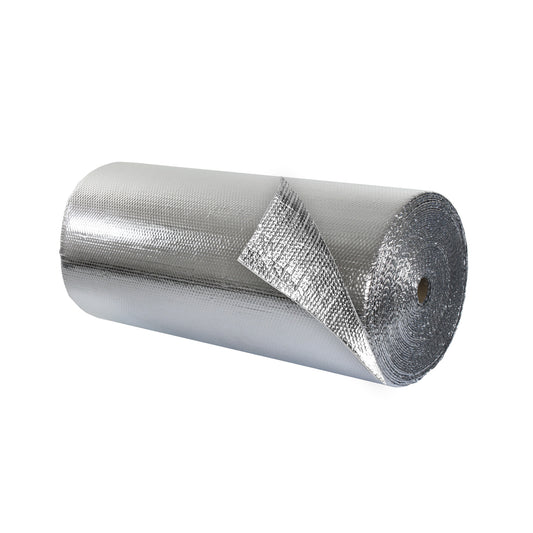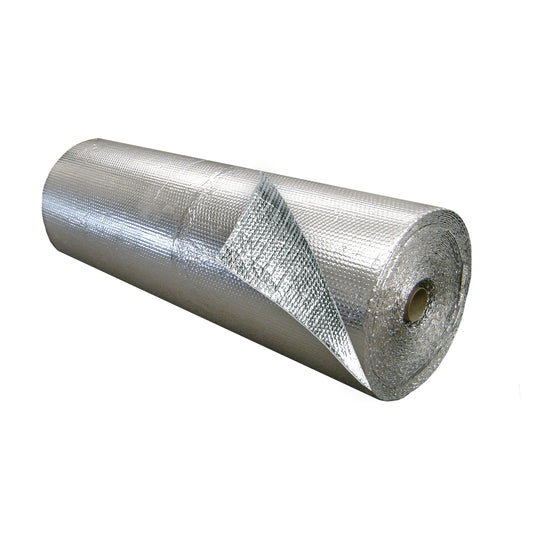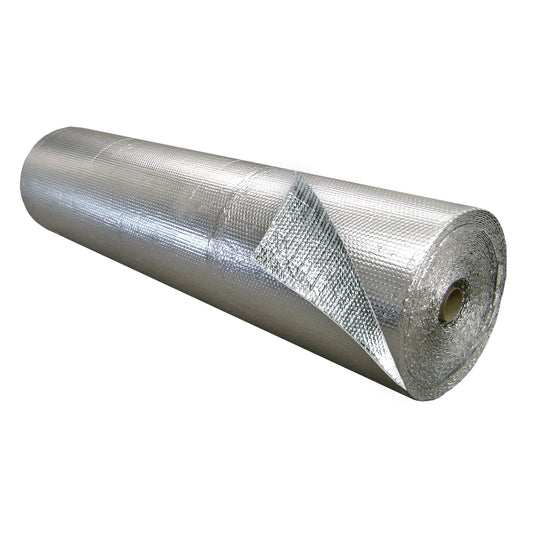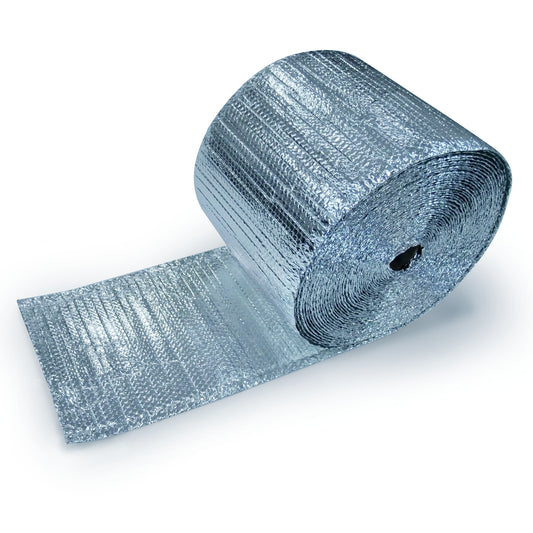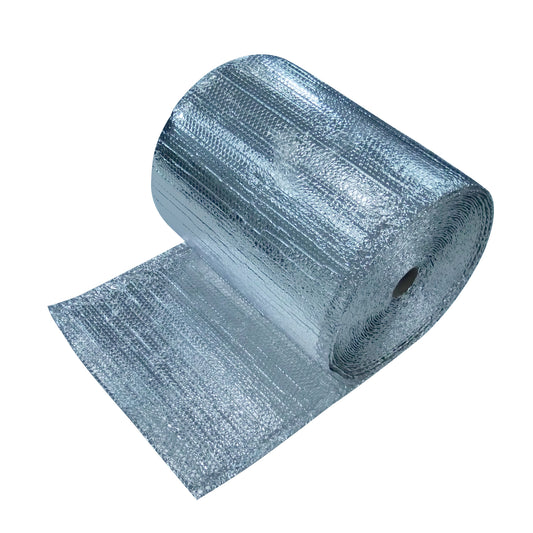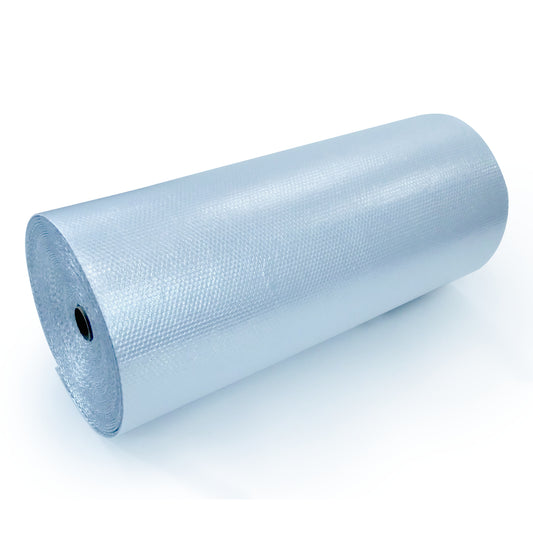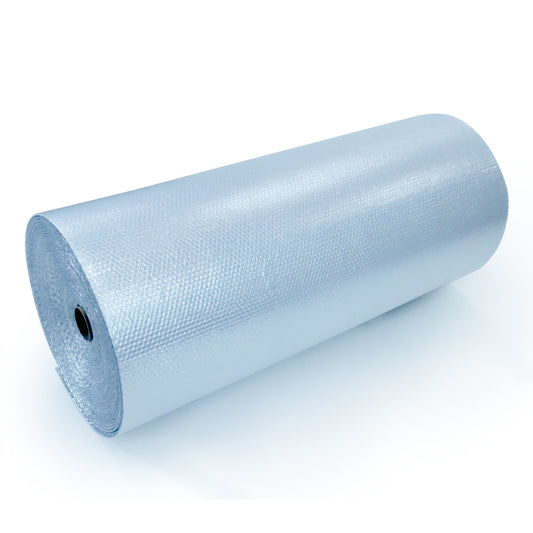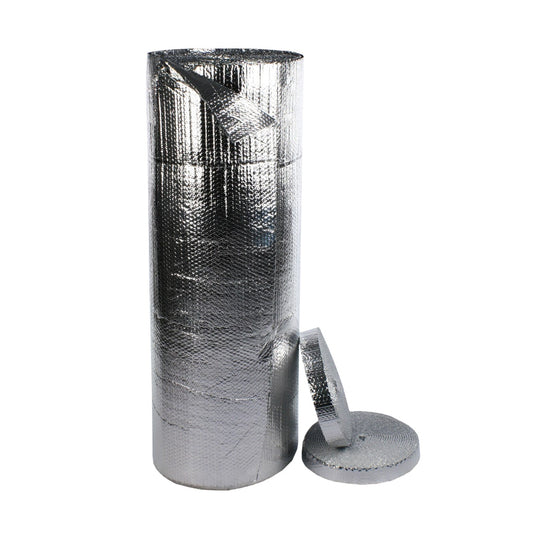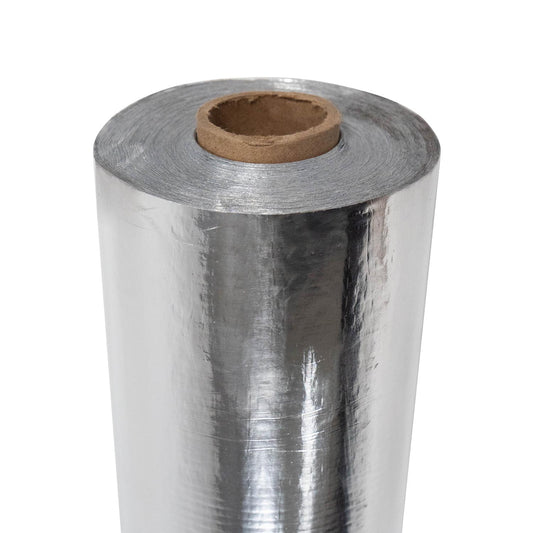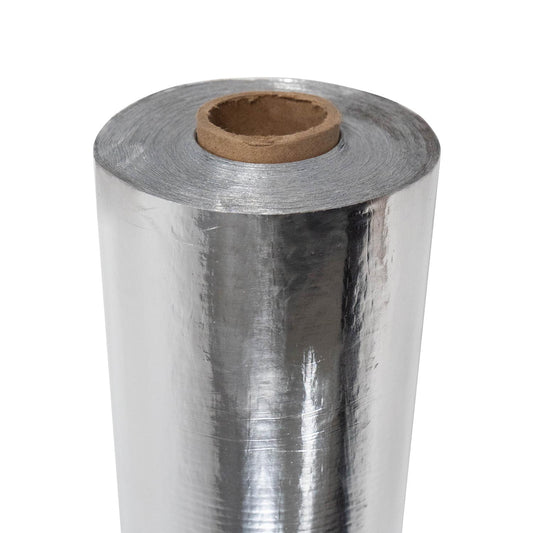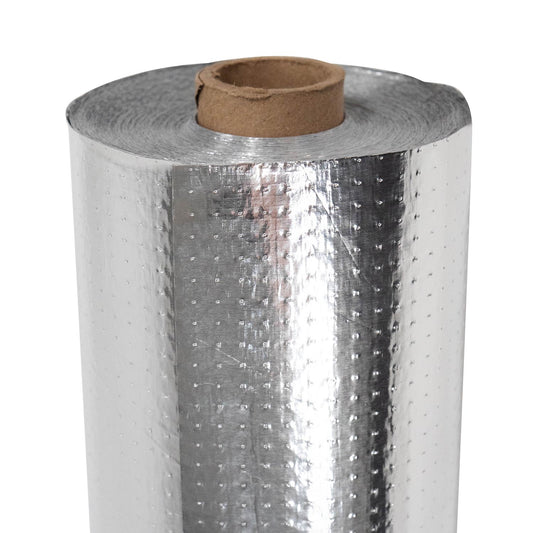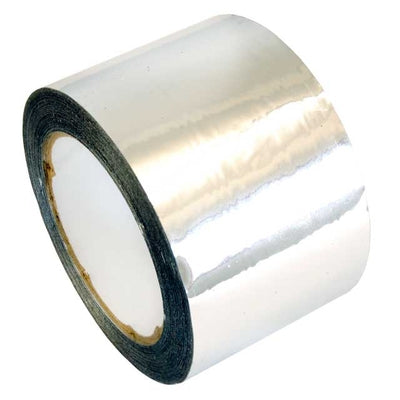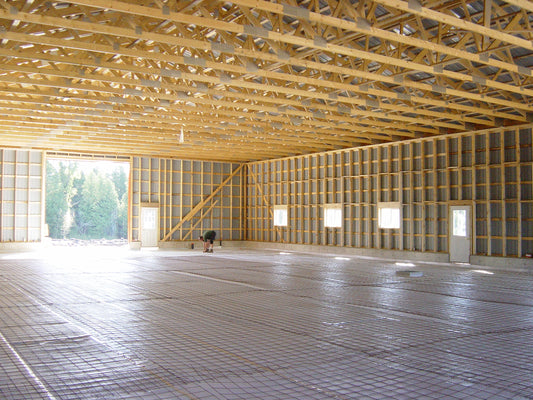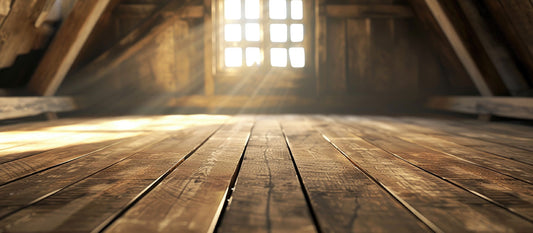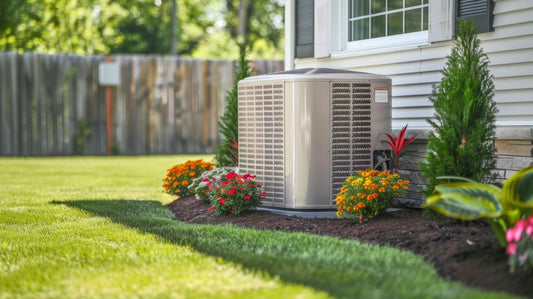When people hear the phrases "LEED" and "green building," they might think about expensive building materials, living in tiny homes and other compact spaces, or maybe trees and shrubs growing out of buildings. While there's still a lot of misconception surrounding this concept, green building continues to grow in popularity across the globe, with countries taking a stronger stance on sustainable initiatives and creating more LEED-certified developments.
We explain more about what green building is, what the LEED program stands for, and how these two concepts play a role in designing and building future developments like homes, apartment buildings, malls, skyscrapers, and cities for the betterment of our planet.

What Is Green Building?
Green building, in short, is the planning, designing, and construction of different structures that are environmentally-friendly and resource-efficient. The goal behind green building, otherwise known as green infrastructure, is to reduce the development's overall environmental impact. Understanding green building design requires "big picture" thinking, finding ways of mitigating the bad side effects of buildings and promoting ways of improving the quality of life and their environments.
4 Elements of Green Building Design
-
Increasing Energy Efficiency
Homes, business buildings, and factories use up a lot of energy. In fact, the average home spends up to $1,900/year on electric bills, with the main sources of energy consumption coming from heating and cooling, home appliances, electronics, and your water heater. Green building solutions include using energy-efficient appliances, LED light fixtures, HVAC insulation and attic insulation.
-
Using Eco-Friendly Building Materials
There are alternative green building resources that help reduce wood consumption and waste, as well as provide low-maintenance solutions to fortifying your building. Brick, engineered wood, and fiber cement siding are great reusable materials that hold up over time.
-
Water Usage
Besides energy, water is another resource that's used up too much. The average family of 4 consumes 700 gallons of water per week, or 3 years worth of drinking water for one person. Green building helps reduce water usage in a home with efficient plumping, toilets, showerheads, and other fixtures. It also includes ways of managing water run-off, such as implementing drainage systems, planting trees and other vegetation, and installing rainwater collection systems.
-
Improving Air Quality
Indoor pollution caused by energy generated by fossil fuels is an incredibly risky factor. Converting gas-powered appliances to electric and properly ventilating your home helps improve the air quality and air flow, as well as reduce your carbon footprint by not using as many fossil fuels.

What Does LEED Mean?
LEED stands for Leadership in Energy & Environmental Design. This is an international green building certification program that recognizes achievements in sustainable designs, buildings, and other structures. There are other similar programs that reward and recognize these achievements; however, LEED is considered the most widely-used system around the world.
LEED Certification
The LEED Certification is a prestigious honor for those involved in the green building and sustainable design industry. It establishes credibility to the public of its environmentally-friendly design, which translates to "better living spaces" for residents, "lower operation costs" for investors, and "better quality of life" for the general public.
There are different categories that projects can sign up to be certified in:
- Building Design and Construction (BD+C)
- Interior Design and Construction (ID+C)
- Residential BD+C
- Cities and Communities
- Operations and Management (O+M)

Provided by DOZR.
How to Become LEED Certified
To achieve LEED Certification, a green building project needs to earn points based on a rating system. This system measures how successful a project is at addressing various green building issues like carbon emissions, energy efficiency, water and waste management, transportation, building materials, and indoor environmental quality.
Projects are reviewed and awarded points by Green Business Certification, Inc. (GBCI). The total points corresponds to a certain level of LEED Certification: Certified (40-49 points), Silver (50-59 points), Gold (60-79 points) and Platinum (80+ points).

Green Building With EcoFoil®
So how does EcoFoil reflective insulation play a role in green building?
Our insulation products provide you with an eco-friendly alternative to insulating your home. Bubble foil insulation is made with a bubble layer sandwiched in between two sheets of foil that work to reflect up to 96% of radiant heat from entering your home. When installed correctly, these products increase the energy efficiency of your home, lowering costs for heating and cooling, providing a better indoor air flow and air quality, and utilizing high-quality, eco-friendly insulation material.
Besides bubble foil insulation, we offer other insulation products for different applications, including:
- Radiant Barrier
- Joist Insulation
- Under Slab Concrete Insulation
- R8 HVAC Duct Wrap Insulation
- SCIF Radiant Barrier
- And more!
More Articles You May Like:
Does Reflective Insulation Have R-Value?
Double Bubble vs. Single Bubble Foil Insulation
How to Insulate a Cathedral Ceiling
How to Insulate a Concrete Slab for Radiant Floor Heating
Call our team at (888) 349-3645 or email us to get in touch for any questions or installation tips you may have.


